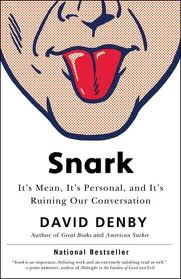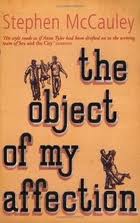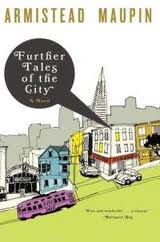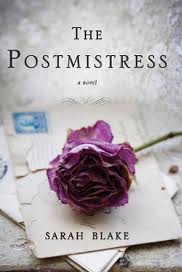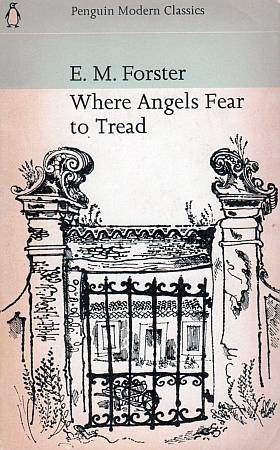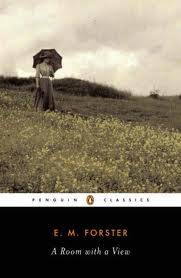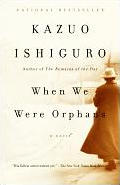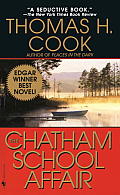” Tired? I’m dead. In the past three weeks I’ve been a janitor, a secretary, a lawyer, a banker, a whore, a courier and a private investigator. I’ve flown to Grand Cayman nine times, bought nine sets of new luggage and hauled back a ton of stolen documents. I’ve driven to Nashville four times and flown ten. I’ve read so many bank records and legal crap I’m half blind. And when it’s bedtime, I put on my little Dustbusters shirt and play maid for six hours. I’ve got so many names, I’ve written them on my hand so I won’t get confused. ” (Ch.33, p.427)
The Firm is not a courtroom thriller like A Time to Kill, but more a tale of conspiracy full of paranoia-driven events. Mitchell McDeere graduates from Harvard Law and is about to begin his career as a lawyer. Lured by money and associated perks, he finds himself as a tax lawyer in the Memphis law firm Bendini, Lambert & Locke, one that has carefully vetted him and made an offer too good to refuse.
At first it’s all legitimate work. But quickly the firm controls Mitch’s life and encroaches on every aspect. Mitch manages to work 16 hours a day, and as soon as he starts he is up to his ears in deadlines. The firm is demanding and exclusive. Social life revolves around lawyers and partners in the firm—almost like a cult. Before the McDeeres even suspect any sinister undertakings under the cover of a legitimate law firm business, a senior partner invites them out to dinner while his crew wire the house and tap the phone. This slow build of the story really builds the suspense and creepiness.
They lure you with the money. They smother you with work that looks legitimate. Then, after a few years, you’ve unwittingly become a part of the conspiracy. You’re nailed, and there’s no getting out. (Ch.2, p.321)
When approached by the FBI, Mitch realizes he is edged between a rock and a hard place. The FBI is determined to infiltrate the firm, owned and run by some crime powerhouse, with Mitch’s help, in hopes of collecting information on certain shady clients. Mitch himself become suspicious of the morbidly high mortality rate of the firm. Three lawyers died in dubious circumstances, and two just perished in a diving accident in the Grand Cayman. Together with the secretary of a private investigator, who also died at the hand of the mafia that run the firm, Mitch is on a roll to secure incriminating evidence of the firm, constantly dodging, outsmarting, and getting ahead of his enemy.
This place is eerie. I can’t put my finger on it, but those people make my skin crawl. (Ch.15, p.192)
The Firm is a page-turner, with all the decoys and talking in codes, dodging, and espionage. But the story-line doesn’t launch itself into the epic thriller that the plot threatens to become. It starts very promising, with the sleep-building suspense and claustrophobic atmosphere of the firm, but crumples into a muted, ambivalent ending that doesn’t do justice to all the clandestine meetings, prowlings, and dangerous pursuit. There’s a lack of detail regarding the crucial money laundering activities, almost non-existent legal talk and proceedings. Good read, and not as good as A Time to Kill.
527 pp. Dell Books. Pocket Paper. [Read|Skim|Toss] [Buy|Borrow]
Filed under: Books, Contemporary Literature, General Fiction, Thriller | Tagged: Books, Contemporary Fiction, General Fiction, John Grisham, Legal Thriller, The Firm | Leave a comment »





